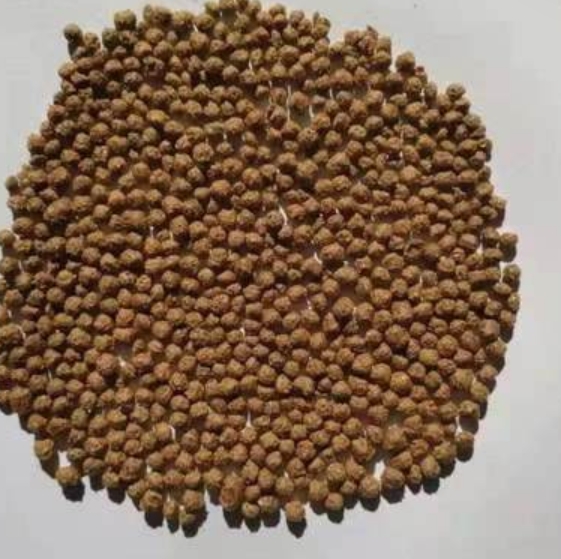An Introduction to Cold-Pressed Dog Food: A Gentler Approach to Nutrition
In the ever-evolving world of pet nutrition, cold-pressed dog food has emerged as a popular alternative to traditional kibble, promising to deliver superior nutrition through a unique, low-temperature manufacturing process. This article explores what cold-pressed dog food is, how it’s made, and its potential benefits for your canine companion.
What is Cold-Pressed Dog Food?
Cold-pressed dog food is a type of dry dog food produced using a method that combines gentle pressure with low heat. Unlike extrusion, which involves high temperatures and pressure, the cold-pressing process aims to preserve the natural nutrients, vitamins, and enzymes in the raw ingredients, resulting in a highly digestible and nutrient-dense final product.
The Cold-Pressing Process: How It’s Made
The production of cold-pressed dog food is a meticulous process that prioritizes nutrient integrity:
- Mixing Raw Ingredients: First, high-quality raw ingredients—such as fresh meats, vegetables, vitamins, and minerals—are ground into a fine meal and thoroughly mixed. Crucially, this mixture contains no synthetic binders or fillers; the natural starches and proteins within the ingredients themselves act as the binding agent.
- Pressing into Pellets: The dry mixture is then fed into a machine called a cold-press processor. Here, it is subjected to intense mechanical pressure (typically between 30-50 tons) for a short period. The friction generated during this pressing creates a modest amount of heat, but it is strictly controlled to remain at a low temperature, usually below 70°C (158°F).
- Drying and Cooling: The resulting soft pellets are then gently dried and cooled at low temperatures to reduce their moisture content to a shelf-stable level, similar to traditional kibble. This step ensures the food remains preservative-free without risking spoilage.
This entire low-heat process stands in stark contrast to extrusion, where ingredients are exposed to temperatures often exceeding 120°C (250°F) under high pressure, which can degrade heat-sensitive nutrients.
Key Benefits of Cold-Pressed Dog Food
The unique production method translates into several potential advantages for dogs:
- Enhanced Nutrient Retention: The minimal heat helps preserve the natural vitamins, minerals, enzymes, and phytonutrients found in the raw ingredients, making the food more biologically valuable.
- High Digestibility: The gentle process and absence of synthetic binders make cold-pressed food easier for a dog’s digestive system to break down and absorb nutrients from. This often leads to smaller, firmer stools.
- Natural Ingredients and Palatability: Cold-pressed recipes often feature a higher proportion of fresh, whole-food ingredients. The final product has a denser, more crumbly texture and a richer, natural aroma that many dogs find highly palatable.
- Reduced Risk of Bloat: Some proponents suggest that because the pellets absorb water more slowly and expand less in the stomach compared to extruded kibble, it may help reduce the risk of Gastric Dilatation-Volvulus (GDV or bloat), though more research is needed in this area.
Important Considerations
- Storage: Like any dry food, cold-pressed food should be stored in a cool, dry place in an airtight container to maintain its freshness and prevent fat from oxidizing.
- Transition: When switching from another food, it’s important to transition your dog slowly over 7-10 days to avoid any digestive upset.
- Hydration: While not always necessary, some owners choose to add a little warm water to the food a few minutes before serving to enhance its aroma and ensure their dog takes in extra fluids.
Cold-pressed dog food represents a significant innovation in pet nutrition, offering a middle ground between ultra-processed kibble and raw diets. By prioritizing a gentle, low-heat production method, it delivers a highly digestible, nutrient-rich food that supports overall health and well-being. For pet owners seeking a natural, minimally processed diet for their dogs, cold-pressed dog food is undoubtedly a compelling option worthy of consideration.








